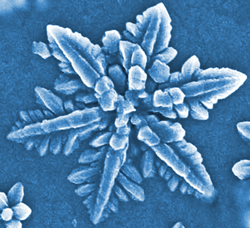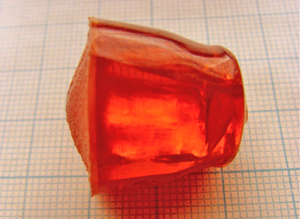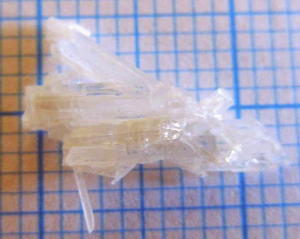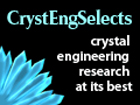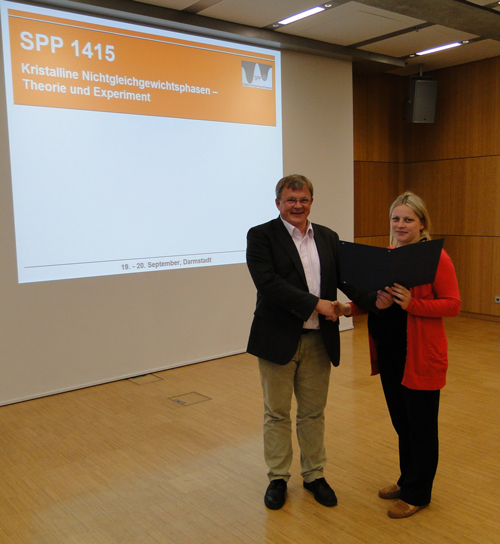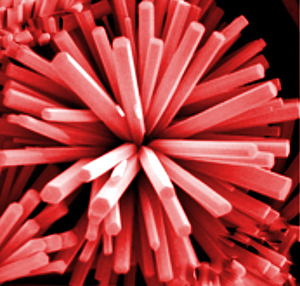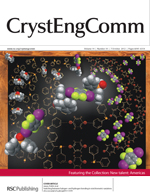The IUPAC task group: Coordination polymers and metal organic frameworks: terminology and nomenclature guidelines have published provisional recommendations. The article can be accessed directly here and any comments can be directed to the task group chair, Professor Lars Öhrström.

The task group was set-up in 2009 to document, analyse and evaluate the use of nomenclature and terminology in the areas of coordination polymers and metal-organic frameworks. As well as meeting on three occasions the group also published a Highlight article detailing the need for terminology guidelines and the provisional recommendations, which include the following definitions:
| Term |
Definition |
| Coordination Polymer |
A coordination compound continuously extending in 1, 2 or 3 dimensions through coordination bonds |
| Coordination Network |
A coordination compound extending, through coordination bonds, in 1 dimension, but with cross-links between two or more individual chains, loops or spiro-links, or a coordination compound extending through coordination bonds in 2 or 3 dimensions |
| Metal-Organic Framework |
Metal-Organic Framework, abbreviated to MOF, is a Coordination Polymer (or alternatively Coordination Network) with an open framework containing potential voids |
There are also recommendations on net and network topology, topology descriptors, nomenclature and the use of other terms (which explicitly discourages the term “hybrid organic-inorganic materials”)
Download the full article for the complete recommendations and take a look at the Highlight article published last year
Coordination polymers, metal–organic frameworks and the need for terminology guidelines
Stuart R. Batten, Neil R. Champness, Xiao-Ming Chen, Javier Garcia-Martinez, Susumu Kitagawa, Lars Öhrström, Michael O’Keeffe, Myunghyun Paik Suh and Jan Reedijk
CrystEngComm, 2012, 14, 3001-3004
DOI: 10.1039/C2CE06488J












